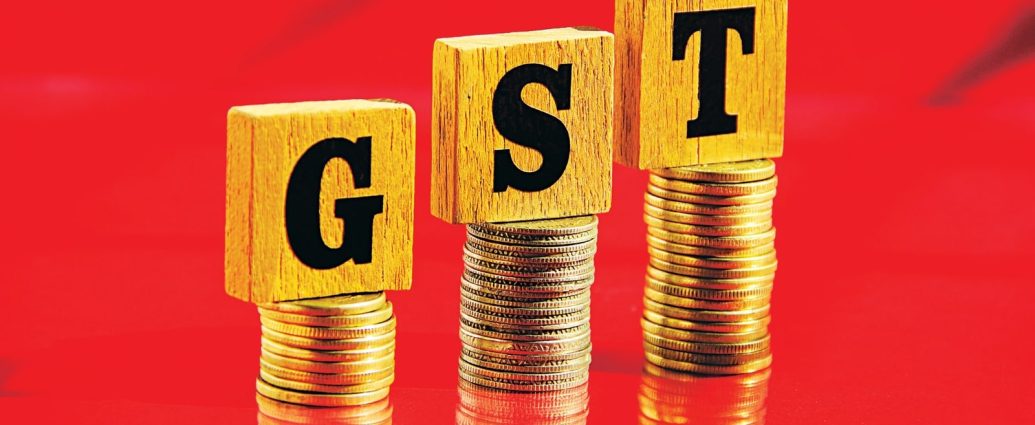An indirect tax is the one levied on goods and services rather than on income or profits. Sales tax, value-added tax (VAT), and excise taxes are examples of indirect taxes. These taxes are typically levied by the government on businesses, who then pass the cost on to consumers. In general, indirect taxes are considered regressive, which means that they take a larger percentage of income from low-income earners than from high-income earners.
What are the different types of Direct tax?
Goods and Services Tax (GST) and Central Excise Duty are the two major indirect taxes.
Besides GST and Central Excise Duty, Centre imposes other indirect taxes such as Customs Duty, which is intended to protect domestic industries from foreign competition by making imported goods more expensive, and Countervailing Duty (CVD), which is imposed on imported goods to offset foreign governments’ subsidisation of those goods, among others.
ALSO READ: Budget 2023: What are different kinds of budget presented by Centre?
What is GST?
GST is a value-added tax levied on the purchase of goods and services. It took the place of several indirect taxes, including the Value Added Tax (VAT), Central Sales Tax (CST), and Service Tax. GST is a destination-based tax that is levied at the point of sale. The GST rate is determined by the GST Council, a constitutional body that makes recommendations to the Union and State Governments on GST-related issues.
Click here to follow Budget 2023 live updates
What is Excise duty?
Central Excise Duty is a tax levied on the production of goods. It is levied on domestically produced goods in order to generate revenue for the government. The excise duty rate varies according to the type of goods manufactured
